These nocturnal insects may do more than chirp at night: they can also become home and garden pests during late summer and early fall. In the garden, they may feed on the tender seedlings of your late season crops, as well as on almost any part of any garden plant when they are numerous enough. At this point they may also enter homes for shelter or food, particularly when vegetation becomes dry or scarce or as cold weather approaches. Once inside, they may feed on clothing and fabrics spotted or stained by spilled food or perspiration, leaving frayed holes in their wake. Pesticidal soaps such as Safers, and insecticidal dusts such as diatomaceous earth and boric acid are effective in controlling crickets. Exclude crickets from homes with tightly-fitting doors, windows and screens. Since crickets are attracted to light, consider installing yellow, non-attractive light bulbs near potential access areas.
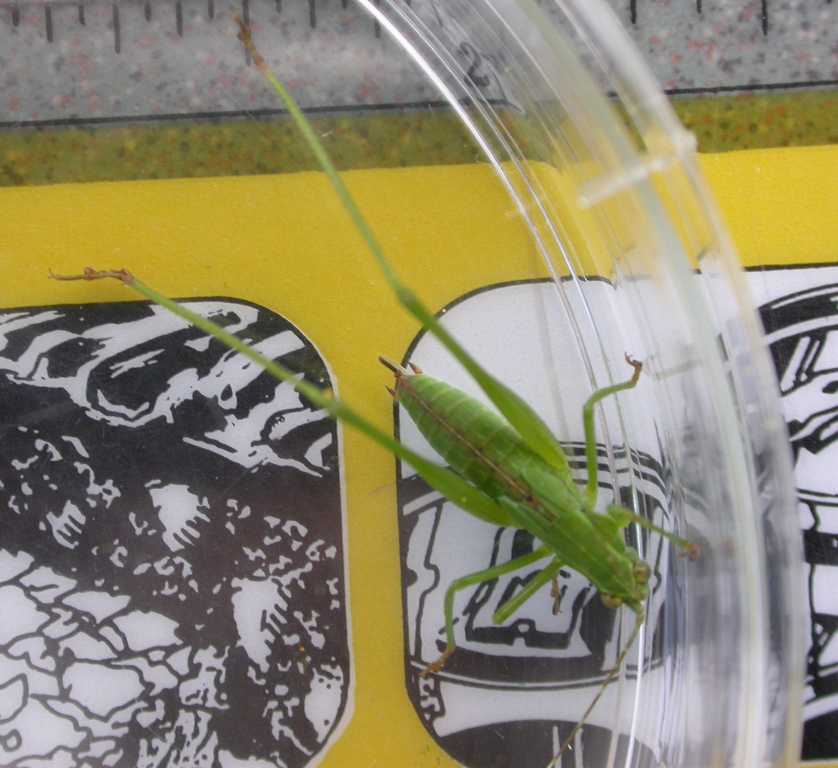 |
| Female snowy tree cricket (Orthoptera); note the pronounced ovipositor in the rear that can damage woody plant tissue |
|
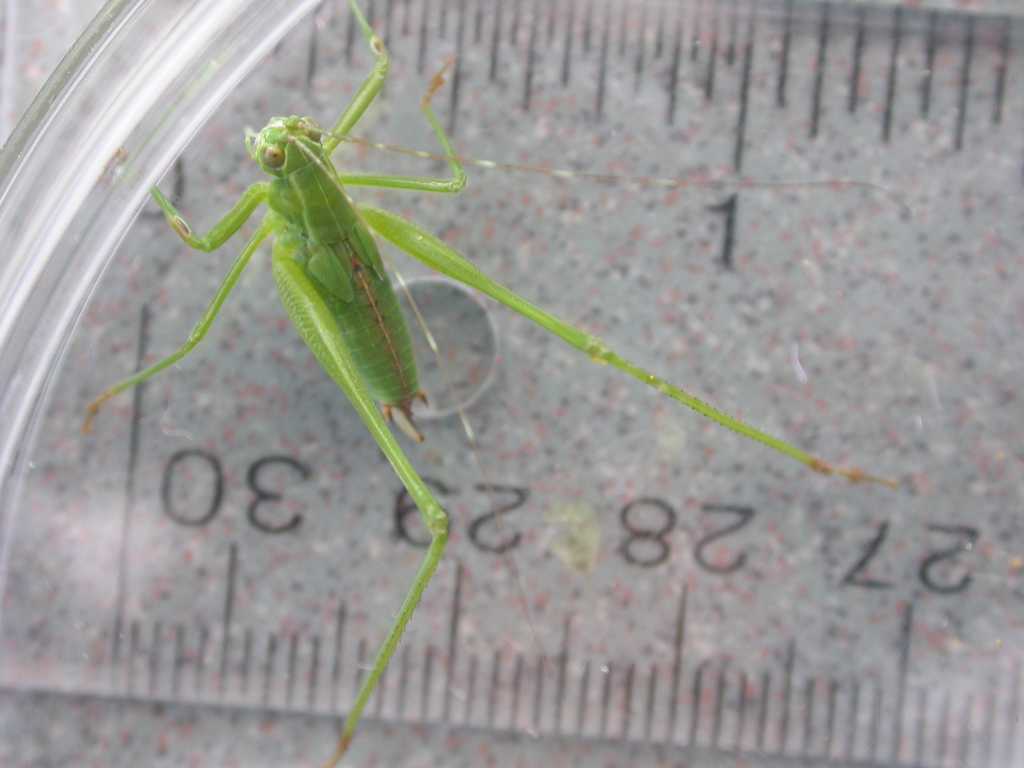 |
| Immature snowy tree cricket (Orthoptera); note the wing buds |
|
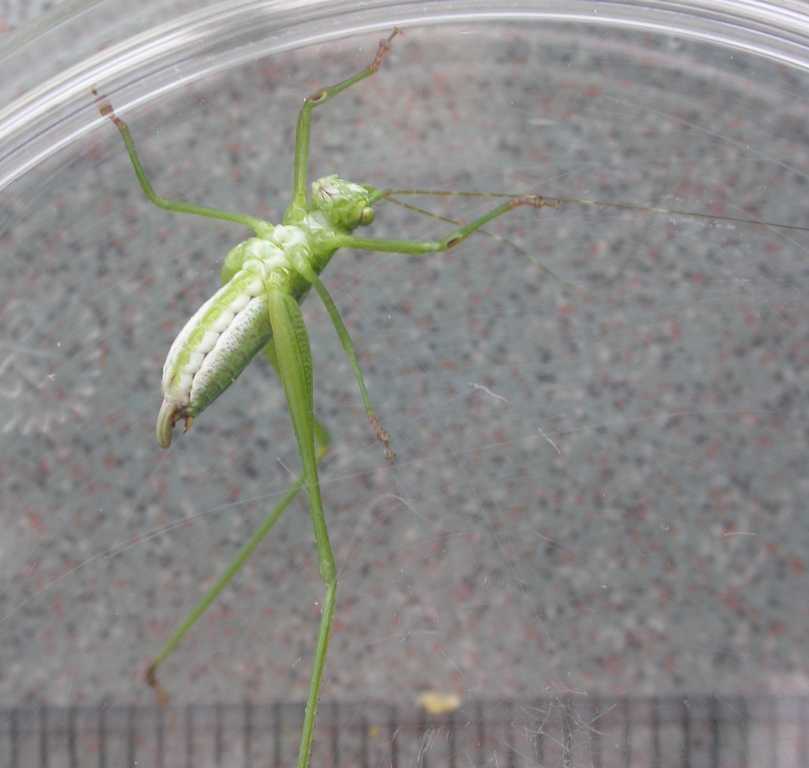 |
| Underside of snowy tree cricket (Orthoptera) |
|
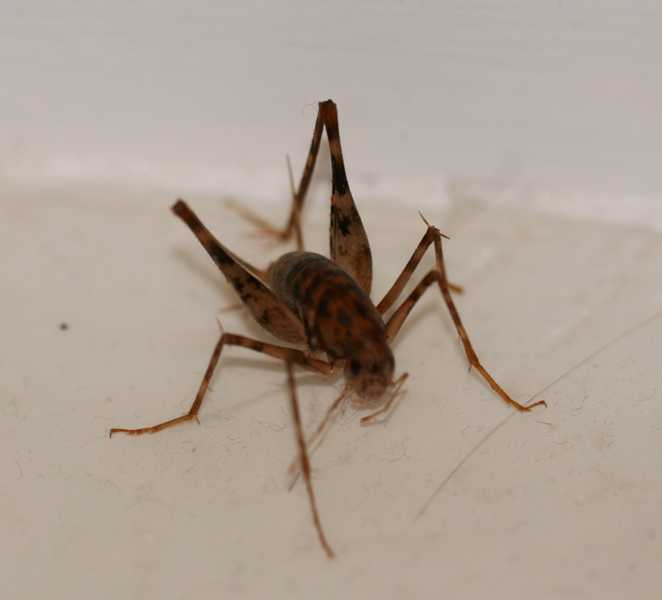 |
| Camel or cave cricket (Orthoptera), Diestrammena asynamora, a house invading cricket that is apparently benign |
|
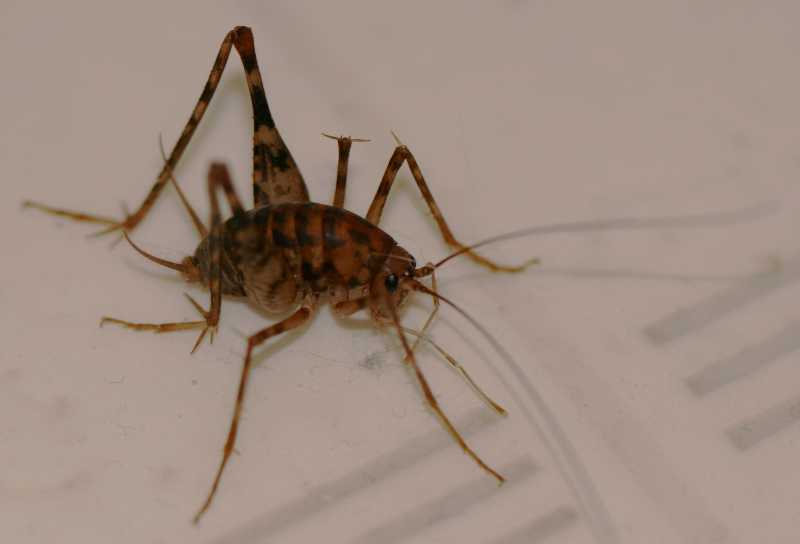 |
| Camel or cave cricket (Orthoptera), Diestrammena asynamora; note, camel's hump along back |
|
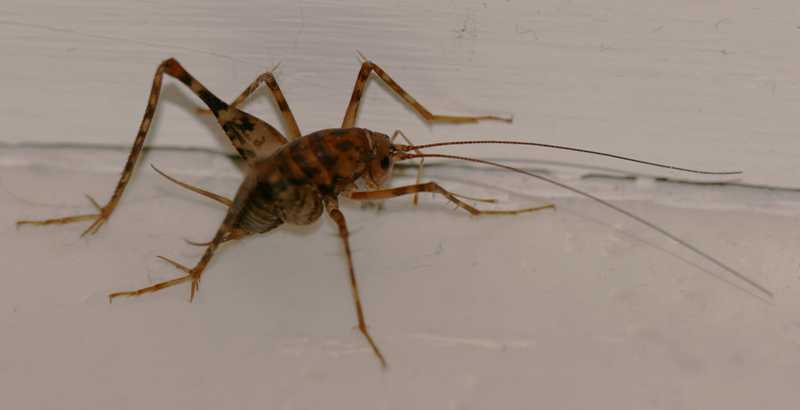 |
| Camel or cave cricket (Orthoptera), Diestrammena asynamora |
|